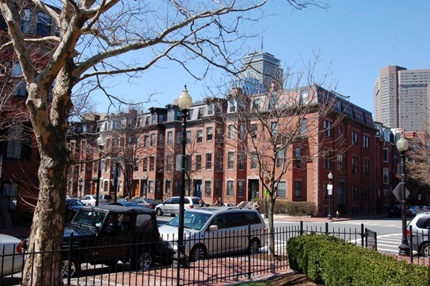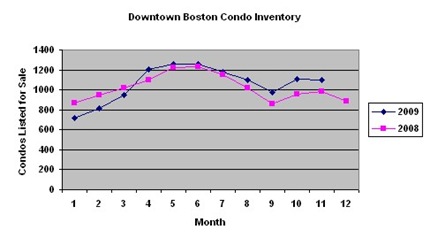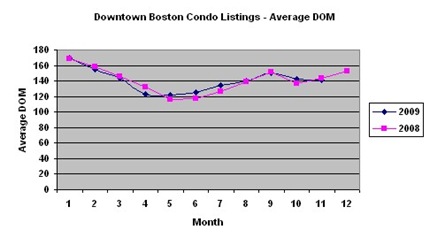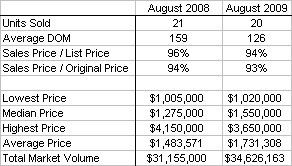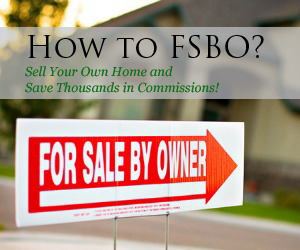For the last few years, there has been a repetitive chorus about low inventory in Boston’s housing market. In mid-2014, CNBC labeled the extended trend as a “severe inventory shortage,” and last August, Boston Agent magazine went so far as to report that “housing inventory never rises in Greater Boston.”
However, there are now signs of change appearing in the market. At the end of October 2015, the Greater Boston Association of Realtors (GBAR) reported that inventory levels are finally starting to slowly creep upward. Here are some market indicators to support that observation:
- In September 2015, the decline in the number of single-family homes and condos for sale was smaller than for any other month of the year.
- That trend resulted in the number of home listings dropping 10 percent and condo listings dipping 6.4 percent.
- New listings rose for both detached single-family homes and condos, with improvement on both a year-to-year and month-to-month basis.
- The number of homes and condos listed for sale in September 2015 each rose 11 percent compared to September 2014.
- These numbers climbed even higher from August 2014—by 41 percent or almost 600 homes—in the market for single-family homes. The condo market saw a rise of 56 percent, or approximately 500 units.
“In 2015, Boston added seven major rental apartment communities and over l,800 new apartments to its rental inventory, with more to come in 2016 and 2017,” said Annette Clement, Executive Vice President and General Manager at Furnished Quarters in Massachusetts. Clement added that the additional apartment inventory also means that Furnished Quarters—the largest provider of temporary furnished apartments in Boston—has been able to find a greater variety of new apartment types and locations for the company’s furnished inventory.
A look at Boston’s luxury market gives a hint of the softening that may be to come for other sectors as well. Curbed Boston reported in September 2015 that up to 2,200 luxury apartments opened in downtown Boston during the year, creating something of a glut in availability of these higher-end units. With so many of such apartments now available, it has now become a tenants’ market, with landlords and brokers scrambling to fill these pricey digs. Evidence of this shift includes a plethora of incentives now being offered to potential renters, from free months to no broker fees.
Why the Change?
To understand further what’s behind the slight turnaround in Boston’s overall inventory, it’s important to evaluate what market forces led to the city’s longstanding shortage of homes and condos in the first place. A few of the reasons that led to the deficit included:
- Imbalances in new construction. Boston Agent noted in the spring of 2015 that 90 percent of new construction was directed toward rentals, with the majority targeted to multi-family rather than single-family housing. What’s more, new construction, as noted above, has focused mainly on the luxury market, which remains unaffordable for less affluent consumers.
- Equity issues. RealtyTrac reports that there are still over 7 million homeowners who are delinquent on their mortgage, with millions more remaining too deep underwater to sell their home. It is estimated that around one-third of homeowners currently face such equity issues, which prevents many homes from getting listed.
- Chicken and the egg. When inventory is low, potential sellers may be reluctant to part with their current home due to fear of not finding a property of comparable quality. If homeowners with the necessary equity and the desire to sell won’t sell their homes for this reason, the inventory stays low.
Fortunately, these forces are beginning to shift. MarketWatch reported in October that “the greater Boston real estate market appears to have reached a level of stability—or altitude—where buyers and sellers can confidently achieve their goals.” GBAR noted that as supply levels begin to build back up, the increased inventory will start to create additional opportunities for buyers.
“When there was a dearth of homes available for sale, many potential buyers chose to live in temporary furnished apartments until they could find just what they were looking to buy,” said Clement. “With the recent increase in inventory, brokers who assist our relocating clients now are having an easier time finding their clients apartment rentals or homes to purchase.”
Such trends are in fact already in the works, as evidenced from the latest pending sales data. September 2015 figures showed that the number of contracted single-family homes increased six months in a row, increasing nearly 30 percent over the past year. This led Boston to a new record-high for September of 1,350 homes placed under contract. Pending sales in the condo market showed similar improvement registering seven straight months of increase, with the number of contracts rising 7 percent during 2015 to 895 in September.
More Housing Opportunities in Boston
With more inventory becoming available throughout Greater Boston, more buyers and renters alike are finding this to be the right time to start thinking about how to take advantage of this growing real estate market. Because competition for housing in Boston remains very high, many considering buying or renting in this area choose to begin with temporary furnished housing.
The search for a permanent residence can often take longer than expected in this part of the country. Having a place to call home during your house hunt that’s conveniently located in the area that you plan to settle down in can ease stress both before and during moves.
The bottom line is, you don’t have to decide today how you want to invest in Boston’s thriving real estate market—you can get to know the city first by starting with short-term apartments in Boston to discover the best neighborhood for you. Call Furnished Quarters at 800-255-8117 to learn more about your options.

